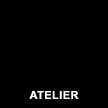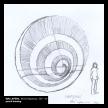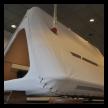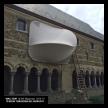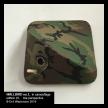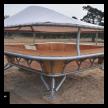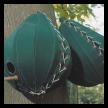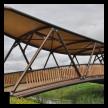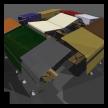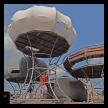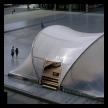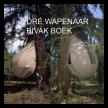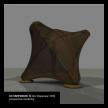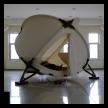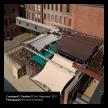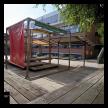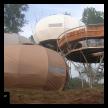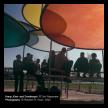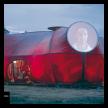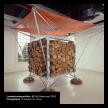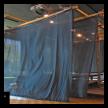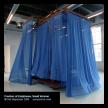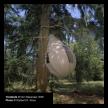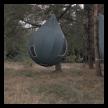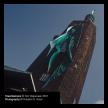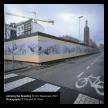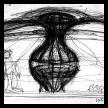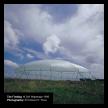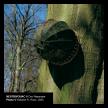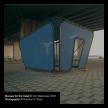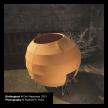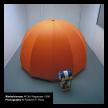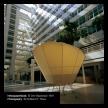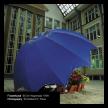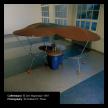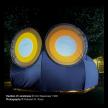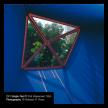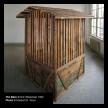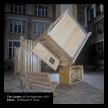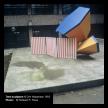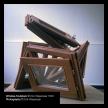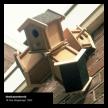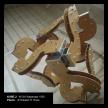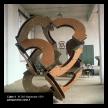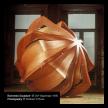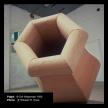Articles |
|
||
|
• OBSERVATORIUM VOOR HET MENSELIJK GEDRAG • UNE MICROSOCIÉTÉ : LES TENTES DE DRE W • Touching Down in Public Space / english • Canvas Creations / english • The New Masters / english • A tent for all birds / english • Een tent voor alle vogels / dutch • Jumping the Boarding / english • Over De Schutting Springen / dutch • Stands and Tents / english • Lemniscaat / italian |
Canvas Creations / english Brook Fruchtman, revue ID Magazine, spring 2002 Dre Wapenaar doesn't understand how one moment you can be neighbors, and the next, enemies at war. He doesn't understand how people can talk about the beauty of vulnerability, yet never allow themselves to be truly exposed. He doesn't understand, and so ... Dre Wapenaar makes tents. "Tents are a result of my quest to find out how groups of people and individual persons relate," says Rotterdam, Netherlands-based Wapenaar. "Tents are, with their universal language, an excellent means to understand at least something of the chemistry between people. No matter what culture or background you're coming from, a tent is a common universal home." Still relatively unknown outside of Europe, Wapenaar has been working with tents since the mid-'90s. His repertoire includes, but is not limited to: a tent for a Netherlands high school, aptly titled Hang, Kiss and Smoke Spot; a Birthingtent that takes advantage of gravity's pull to ease labor; another in which to mourn death; and one for romance, complete with skylights for stargazing. It would seem that if you can do it, Wapenaar's got a tent for you to do it in. "With using a certain design and giving each tent a special function, related with a kind of necessity, I try to direct meetings between people," he says. These meetings are shaped through variations in structure, space and light. "Over and under, inside/outside, fullness and emptiness, material qualities, construction, moving around and through, being present in, and the way light plays with the transparency of the canvas and moves over the surface of the material, all of these qualities, together with design, functionality and necessity, set up a situation of encountering." Such encounters, however, aren't entirely practical. "I'm not interested in designing new high-tech lightweight tents, so most of the time they're very solid and heavy," Wapenaar says. Although the tents may be desirable, acquiring them isn't quite as simple as making a stop at your local REI. In fact, the lover's tent has to be transported whole, requiring a crane. But this is just the kind of blurring of boundaries Wapenaar seems destined to perpetuate. His tents are utilitarian, but not in an easy way. He claims to be an artist, not a designer of tents, yet his work, or rather, his art, is actually used at campgrounds, to sleep in, not merely exhibited in the confines of a gallery. Maybe these contradictions are further evidence that Wapenaar really doesn't understand. Or maybe they prove that he understands all too well. Brooke Fruchtman |

